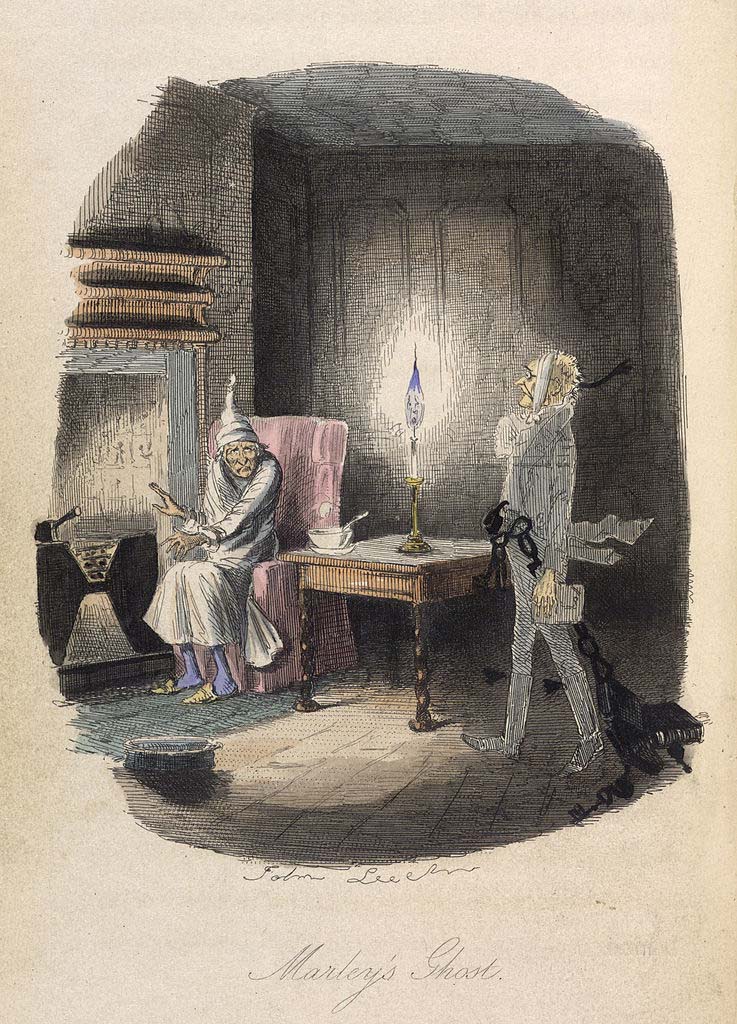
A Carol with a conscience
Charles Dickens’s A Christmas Carol is credited with inspiring or popularizing many modern Christmas traditions, including family gatherings and the phrase “Merry Christmas” itself. But the origin of the tale was actually Dickens’s disgust with Victorian England’s treatment of the poor, including at a “Raggedy School” for poor children that he toured—a place of such deplorable conditions that he decided to write a didactic pamphlet called “An Appeal to the People of England on behalf of the Poor Man’s Child.” That project never panned out, but Dickens, who grew up poor, turned his energy to writing a story instead that would deliver a “sledge hammer” blow to the rich and draw attention to the plight of children living in poverty—which became the novella A Christmas Carol. These two articles trace the history of the story:
“The History of A Christmas Carol” (Book Riot)
“The Real Reason Charles Dickens Wrote A Christmas Carol” (Time)
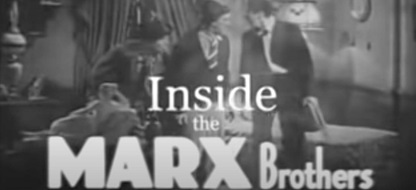
The Marx Brothers? At Christmas?
Well, we’re biased, but obviously there’s never a bad time to enjoy the Marx Brothers. And if you’d like a deeper look into the family that launched a thousand jokes, whose lampooning skewered everyone—especially blowhards, dictators, and the wealthy elite—here’s an hour-long 2003 documentary full of facts and rare footage about the origins of their unique, subversive comedy.

All the accents!
As part of It’s Christmas, Carol’s linguistic preparation process, voice & text director Ginger Eckert built a highly entertaining collection of video clips featuring voices, accents, and idiolects that she brought into this year’s production. As Ginger says, “Our work lives inside getting specific about each speaker’s musicality, as well as the speech sounds, as we develop each character’s voice in our madcap comedy.” Take a spin through a world of accents with clips of the Marx Brothers, Zadie Smith, Jeffrey Eugenides, Richard Ayoade, Harry Styles, Pedro Almodóvar, lead actors from Bridgerton, and lots (and lots) of Alan Cumming.
And for a deep look (and listen) into English accents, browse through Eckert’s “Accent Guide,” with links to a wealth of audio samples.
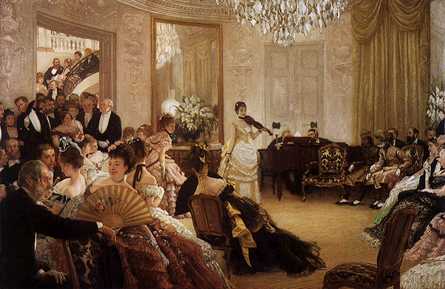
So you think you know about the Victorian era?
Just say “Victorian,” and it conjures up images of corsets, top hats, and a house cleaner’s nightmare of tchotchkes and overstuffed furniture. To say nothing of the strict morals—“a prudish refusal to admit the existence of sex, hypocritically combined with constant discussions of sex, thinly veiled as a series of warnings,” according to the Encyclopedia Britannica’s overview of the Victorian Era (roughly 1820–1914).
But there’s much more to the Victorian era, some of which It’s Christmas, Carol! touches on...
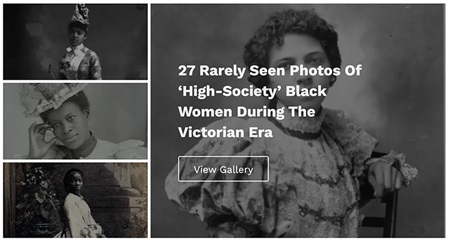
Black women in Victorian high society
Take a tour through a collection of photos of Victorian-era Black women in England and the U.S.—a gallery of luminous faces, striking fashions, and a complicated history unknown to many Americans.
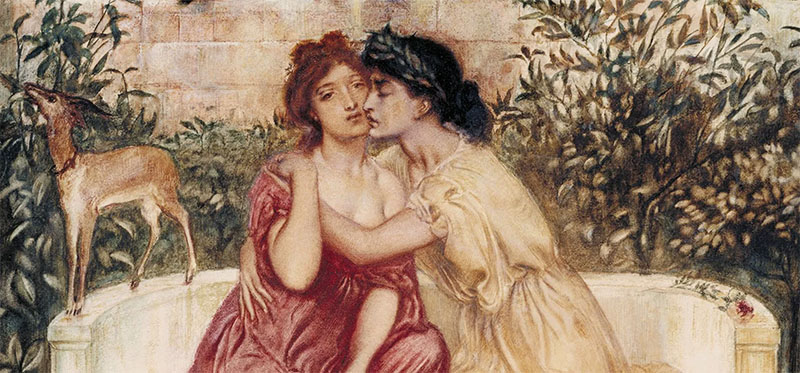
Same-sex romance in Victorian England
Britain in the late 1800s was a dangerous time to be publicly outed as gay, but the art world had its share of queer artists—including painter Simeon Solomon, whose works were featured in a 2017 exhibit of Queer British Art at the Tate Britain Museum. Solomon’s story is one of immense talent, repression, sadness—and ultimately, resilience. See some of his exquisite pieces in this BBC article, “The Victorian View of Same-Sex Desire.”
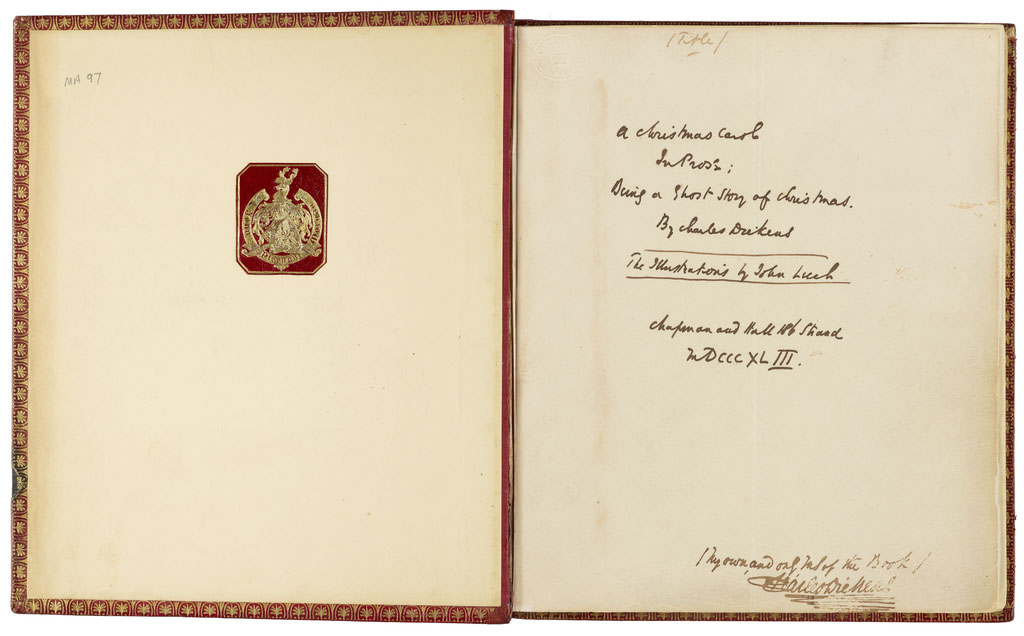
Why a Narrator?
In It’s Christmas, Carol!, the Narrator steps in front of the audience and guides us backward and forward (and way backward and way forward) in time, and gets tangled up in the plot at several points. But the narrator in Charles Dickens’s A Christmas Carol is never named, though clearly present. What was the purpose of the narrator in Dickens’s original? This short essay offers a few insights into how Dickens’s narrator added voice, tone, and insights into the story that would have been otherwise missing.
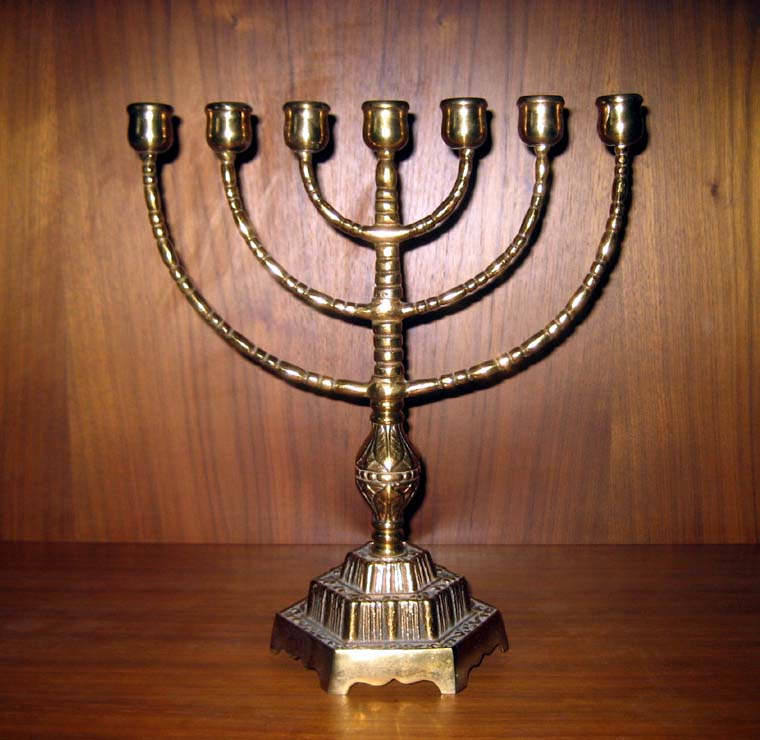
Hanukkah is like a Jewish Christmas, right? Nope.
This article from NorthJersey.com traces the history of Hanukkah, how American consumerism and a desire to assimilate changed it in the U.S., and how modern-day Jews are trying to include more charitable practices in the holiday’s traditions.
* * *
Thanks to It’s Christmas, Carol! dramaturg Stephen Buescher and Voice & Text Director Ginger Eckert for generously sharing these resources.